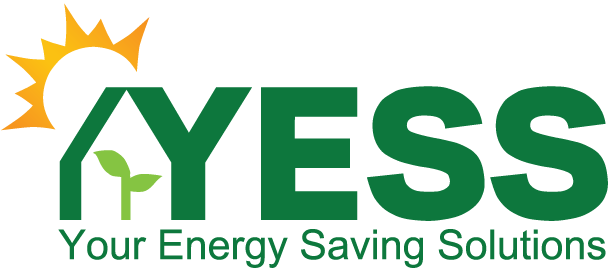REPS Dryer Rebates – How much will you really save?

Now that we are in winter, household dyer usage creeps up. In order to stay on top of what feels like never-ending piles of laundry the dryer is used more. If you want an easy way to keep your energy bills lower this winter but don’t know where to start, your laundry room is a good place for instance.
Clothes Drying
Did you know air movement is the most important factor when it comes to clothes drying? Using a portable clothes rack in winter is a great alternative to dryer usage, however, you will find that portable clothes racks kept inside will dry faster with air movements such as a portable fan or open window. Similarly, if you have space undercover and out of the rain, the natural breeze and air movement will assist with drying, contrary to popular belief heat is not the only factor when it comes to clothes drying.
Dryer Efficiency
Of course, to be more efficient when using a dryer, we need to stick to the machine’s capacity (the KG is the dry weight) and be careful not to overfill it. In the case of households that have washing machines with a larger capacity than their dryer, for one thing, should split 1 load of washing into two and in addition to this, while waiting for one dryer load to finish hang the remainder to partial air dry to cut down on the dryers operation time.
Similarly, a good habit is to use your dryer for finishing clothes that are already partly dried. As an example – hanging clothes out at night time, and throwing them in the dryer in the morning will evidently cut down on running costs. In addition to this, we recommend using cold washes over warm or hot, year-round. Beware of the default settings on your washing machine as it likely sets to warm or 40C if no changes are made to the settings.
What is the best option out there?
Undoubtedly there are many reasons to use a clothes dryer in the home. Moreover, if a clothes dryer is an important appliance in your home, above all types of dryers on the market we, on the whole, would recommend upgrading to a heat pump dryer. As a result, households will see lower bills by cutting their drying cost by 2/3. Hence look for a dryer with a 6-star energy rating or higher. As an example, Choice.com.au said “We’ve found heat pump dryers have an average 10-year running cost of $588, compared with an average of $1523 for vented dryers. And that’s based on one run per week – if you’re a heavy dryer user then the savings will be bigger, and you’ll rapidly justify the higher purchase price.”
“We’ve found heat pump dryers have an average 10-year running cost of $588, compared with an average of $1523 for vented dryers. And that’s based on one run per week – if you’re a heavy dryer user then the savings will be bigger, and you’ll rapidly justify the higher purchase price.”
Therefore with the YESS REPS Rebates – buying a Heat Pump Dryer has never been more affordable.
The Estimated Purchase Price, % Back and Retailer product link were correct at the time of publication. YESS is not affiliated with any of the retailers listed. Do your own research and find the best product for your home and budget. To check your appliance is eligible for a rebate https://yess.net.au/approved-product-list/
Related Articles
-
Air Conditioning: How to keep your home warm this winter
Air Conditioning: How to keep your home warm this Winter Air conditioning (AC) is a great way to keep your home warm and comfortable during the cold winter months. Whether you choose a ducted or split system, AC can help you maintain a consistent temperature throughout your living space. While running an AC system can come…
-
Blog | Energy-Saving | REPS
How to Choose the Right Hot Water System for Your Home
How to Choose the Right Hot Water System for Your Home Hot water systems are an essential part of any home. If you want to upgrade or replace your current hot water system, you’ll want to choose the best option for your home. But with so many different types of hot water systems on the…
